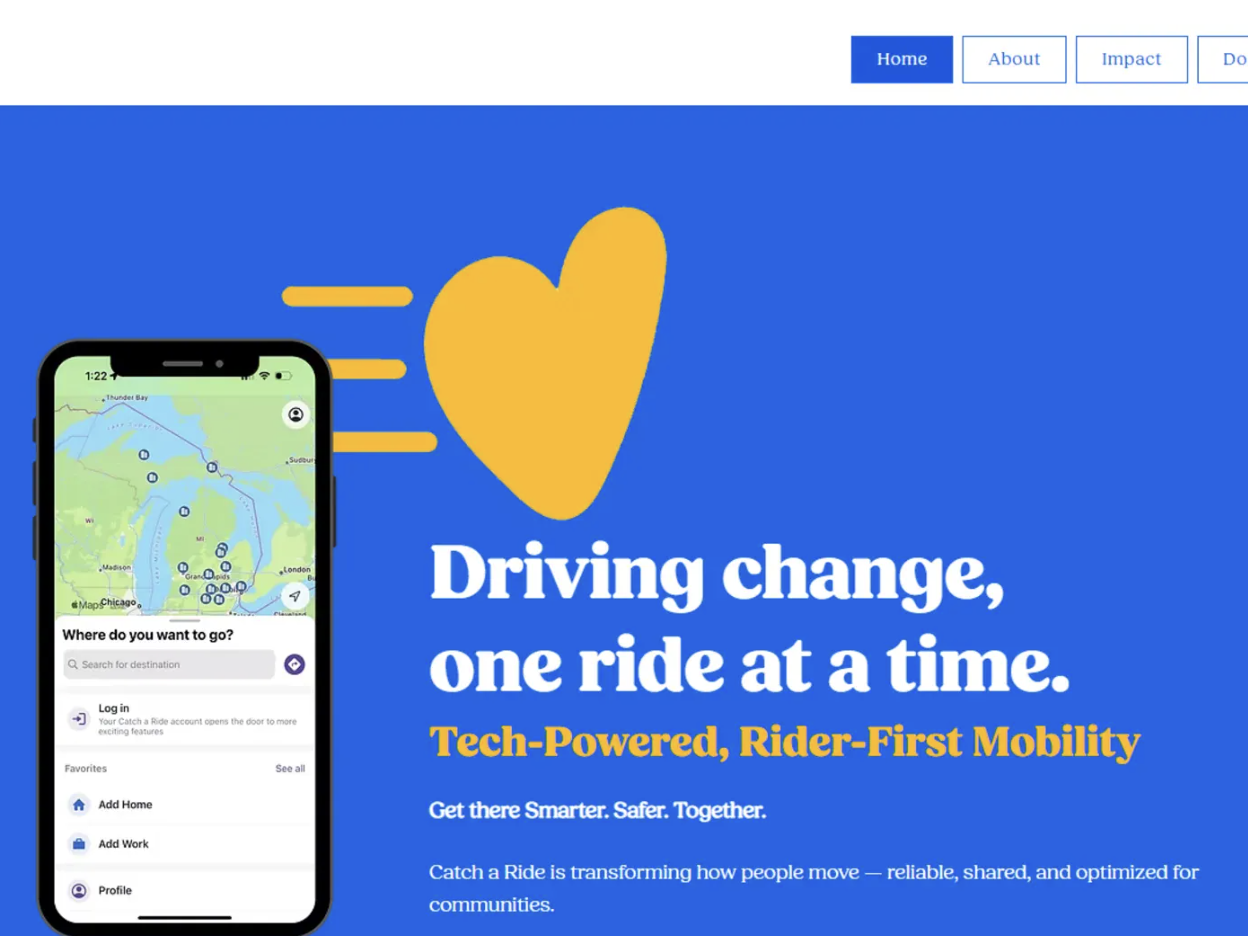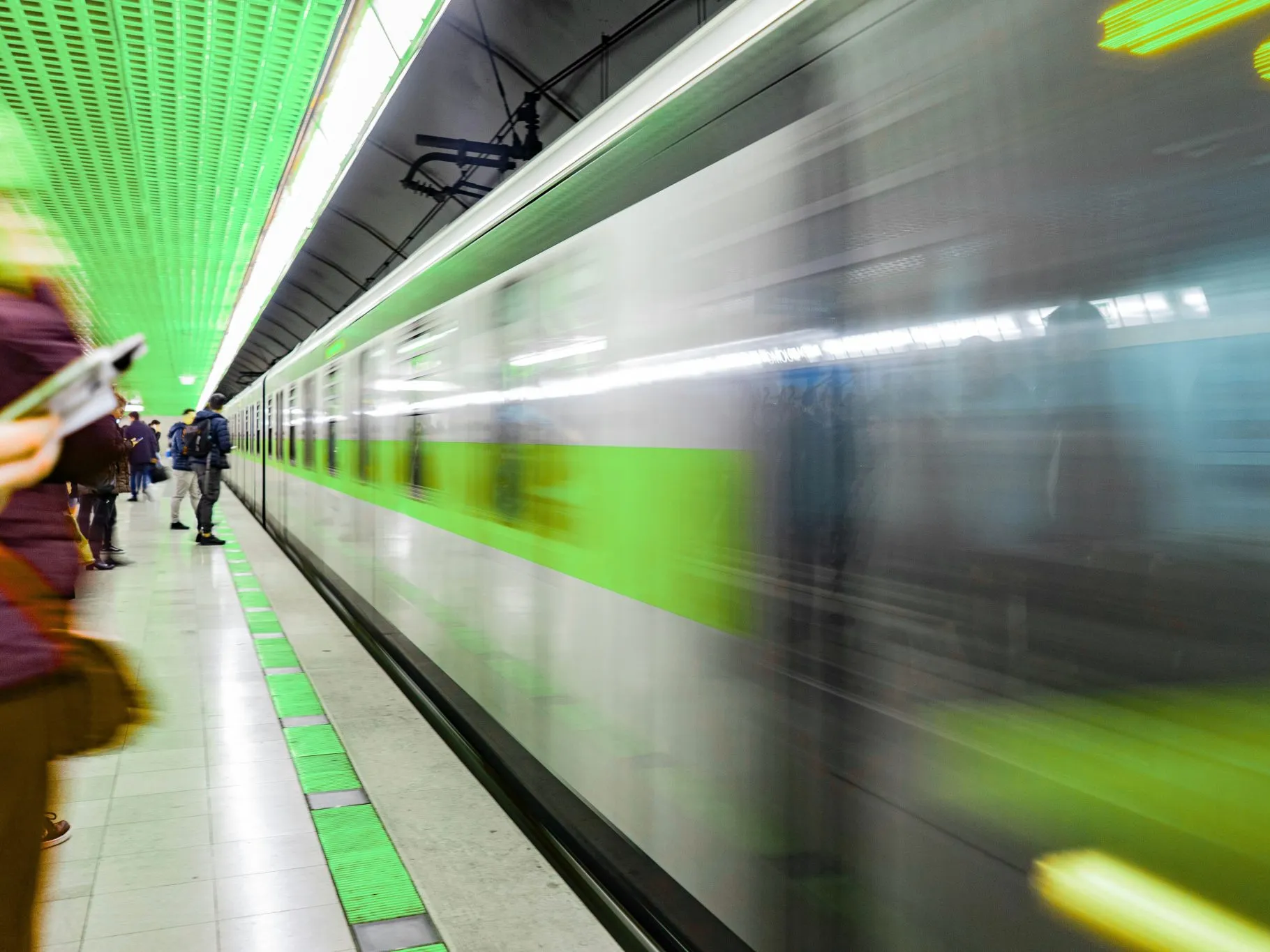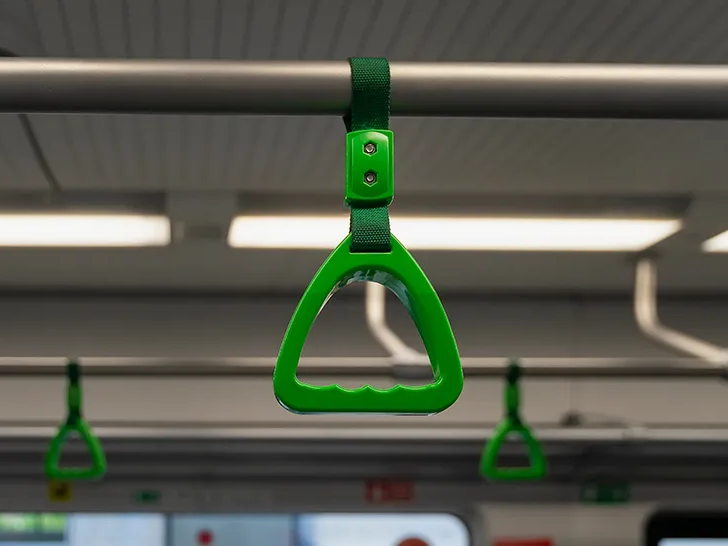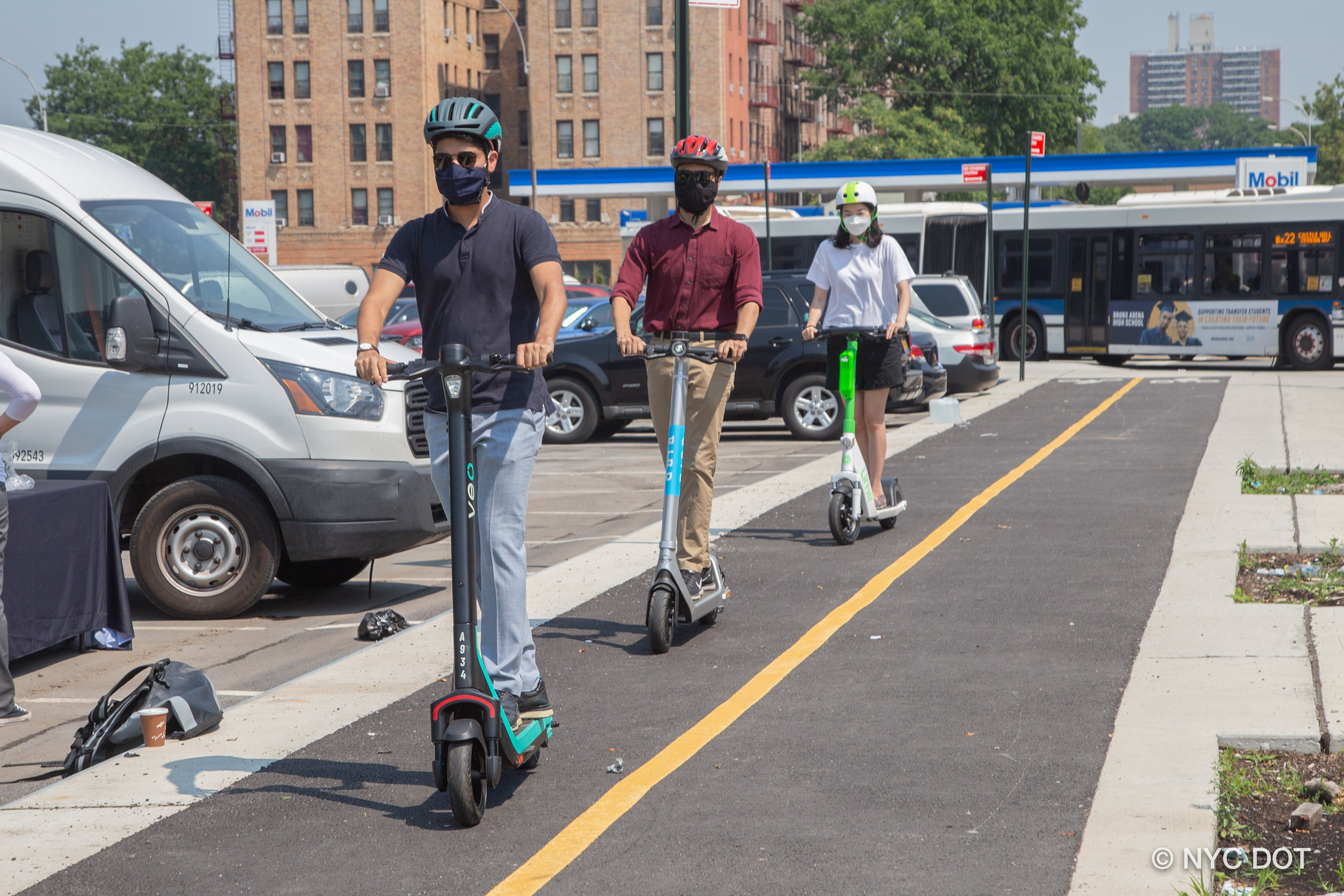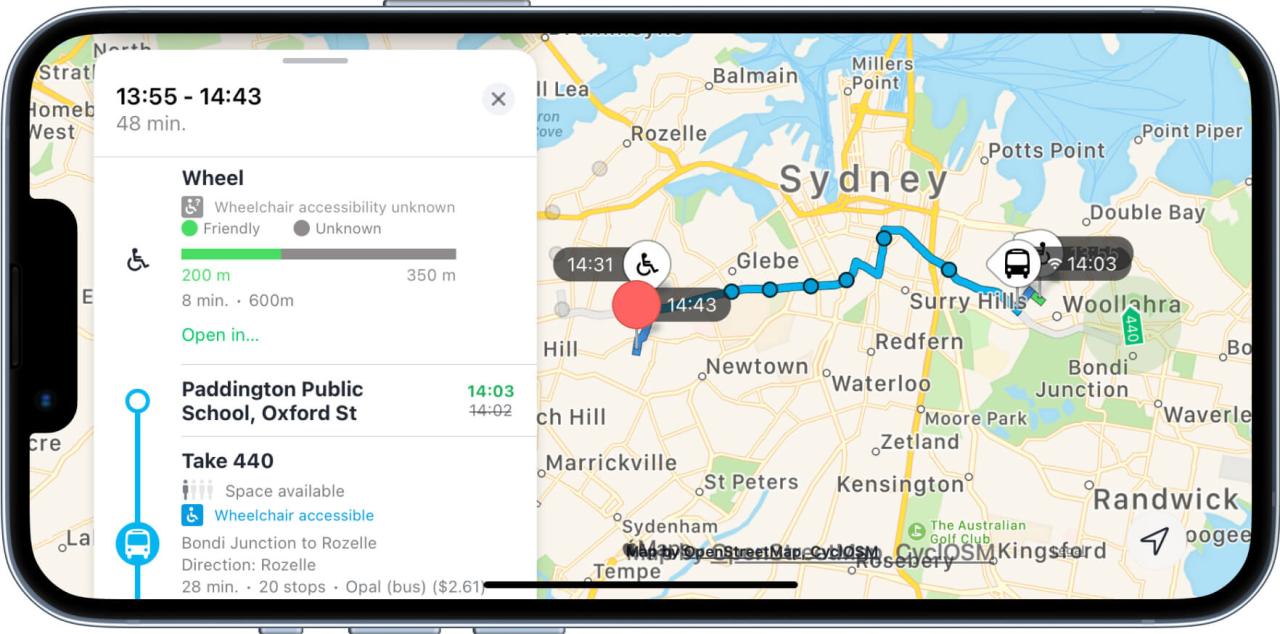The Importance of Public Purpose Technology in Tackling Transport Inequality and Sustainability
It’s an unfortunate fact that our neighbourhoods are not created equal. Around the globe, there are often huge gaps in the availability and quality of mobility services – and their interconnection both between and within regions (whether these are counties, states or other geographically defined areas).
At the same time, there’s an urgent need to address climate change. The transport sector alone is responsible for 15 to 20 per cent of greenhouse gas emissions globally each year (source: National Geographic, Statista). If we’re to have an inclusive society, we need to make transport both equitable and sustainable.
These problems are highly complex – and governments struggle to solve them. But what if there was a way to deal more effectively with the complicated mix of issues that our citizens and communities face? What if we could unlock more transport solutions that focus on the greater good? Public purpose technology may be the answer that we’re looking for.
What Is Public Purpose Technology?
In short, public purpose technology (PPT) is:
“… technology that addresses big public needs, and the public policies, organisations, cultures, investments and business models around it.”
– Dr. Tanya Filer, Lecturer at University of Cambridge & Founder of StateUp (source: Tech.eu)
It is about intention and outcome. It’s not about a specific product, customer, sector or solution. PPT is much wider in scope, addressing major public problems with technology forming a powerful lever, alongside policy, culture and location, giving rise to a more holistic approach (source: StateUp 21).
This includes technology to build or upgrade public infrastructure (source: PBC Today), support public safety, create new mobility options, help us to be greener, and unlock insights with data analytics, alongside other public needs ranging from healthcare to urban tech and digital engagement. In fact, many startups address multiple needs within their solution. Sustainable mobility, for instance, is as much about inclusion and reducing carbon emissions as it is about city planning and transport (source: StateUp 21).
Why PPT Is Important for Transportation
Purpose-driven organisations not only understand the importance of the big public needs they’re helping to solve – these needs are at the very heart of their DNA and business identity. They often take on an equal footing with making a profit and have a much longer-term focus. This long-term view is important to navigating the future of transport.
Mobility is an important human right, often linked to socio-economic and wellbeing factors (have a read of our recent article on transport poverty for more information on this topic).
Developing fairer transport ecosystems that are also sustainable requires a great deal of cooperation and coordination between multiple public-private stakeholders who also understand the role of technology and the impact of decisions on the bigger picture.
For instance, if regions implement 15-minute cities, how does this influence citizen mobility on a daily basis and what are the needs for maybe more recreational travel further afield?
Will transport decisions help to increase accessibility for vulnerable populations and decrease the environmental impact on our planet?
Technology – particularly, public purpose technology – can help to support these complex decisions.
Thankfully, public funding is flowing into tackling the big infrastructure and mobility issues. Part of the Levelling Up Fund in the UK is encouraging mobility startups in rural areas, public transport connectivity on a par with London, better cycling and walking networks, and electric vehicle charging networks to decarbonise the sector (source: Levelling Up the United Kingdom). The US has also announced a $973bn infrastructure fund, while the European Innovation Council and German Future Fund, among others, are supporting a broad range of tech innovations.
How Public Purpose Technology Can Help
With PPT, the transport sector will benefit from solutions to support public policy, gather intelligent data, address climate change, improve mobility options and enhance the quality of life for citizens. Artificial intelligence (AI), machine learning, 5G, robotics, sensors, and geolocation technologies are just a few examples being used to create sustainable multimodal mobility solutions for the greater good.
These include more efficient ticketing from companies like Fairtiq in Switzerland and sustainable micromobility such as MIT spin-off Superpedestrian in the United States, which aims to be the ‘Volvo of e-scooters’ (source: Tech Funding News). Global mobility as a service (MaaS) provider SkedGo is addressing issues of accessibility and sustainability through its technology platform too.
Working in partnership with government authorities, it’s deploying MaaS solutions within communities. These include Leicester City Council in the UK (with a focus on active travel), alongside Australia’s Transport Canberra and City Services, and The Department of Transport and Main Roads (Western Australia). It’s also working closely with organisations such as US-based Feonix – Mobility Rising to shape mobility as a service to the needs of disadvantaged communities, as well as collaborating with partners to extend the capabilities of MaaS solutions.
Elsewhere, a new IBM accelerator focusing on ‘mission-oriented’ innovations is helping UK SMEs to develop public purpose technologies that tackle societal challenges and support government priorities (source: TechMonitor). PPT is very much on the agendas of academia too, including the UCL Institute for Innovation and Public Purpose, highlighting the growing trend towards utilising technology for the betterment of society and the world we live in.
This is certainly something to be encouraged. It’s only through collaboration, with the support of governments, that we can drive transformation within the transport sector using the tools, technologies and new innovations at our disposal.
No Quick Fix
Of course, there’s no quick fix when it comes to solving major societal issues such as transport inequality and rising carbon emissions. It requires patience, cooperation, resilience and long-term focus. However, with the help of public purpose technologies, governments across the globe will be better able to tackle some of the most pressing challenges that impact our citizens and communities – and in doing so, build a brighter future for the people they’re ultimately there to serve.
This article was originally published by SkedGo Pty Ltd.






